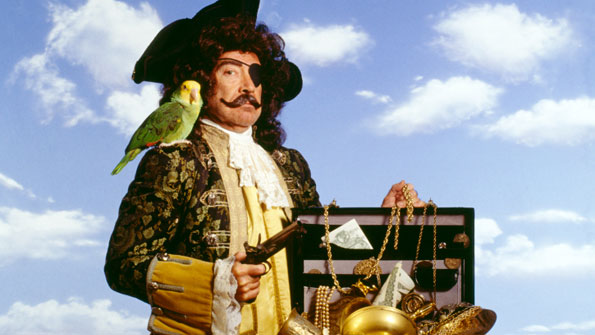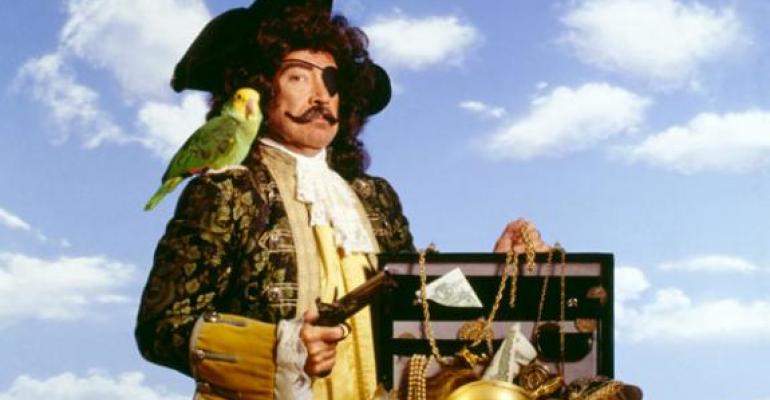Last month, an investor purchased Edvard Munch’s The Scream for a record $120 million at Sotheby’s in New York, showing that high-net-worth investors have never been more interested in “treasure assets,” or collectibles. But a new study by Barclays shows that they’re not it in for the return on investment. Most high-net-worth go after booty, as pirates might call it, for emotional reasons.
According to Barclays Wealth Insights report, Profit or Pleasure? Exploring the motivations behind treasure trends, only 18 percent of U.S. respondents said they hold treasure for purely investment reasons, while 21 percent hold them as security/protection in case conventional investments fail. Meanwhile, 98 percent admitted owning treasure assets for emotional reasons, including enjoyment (82 percent), heritage value (76 percent), social motivations (59 percent), rareness (28 percent), and monopolization motivations (7 percent).
 “While treasure has grown in popularity, it hasn't necessarily translated into strong financial returns for investors and strong caution should be exercised in viewing it as an alternative to traditional asset classes,” said Daniel Egan, behavioral finance specialist in the Americas for the wealth and investment management division of Barclays. “Taking into account the layers of emotional motivations that factor into holding treasure assets, these collectibles should be regarded as part of a wealthy individual’s personal holdings rather than as a separate asset class in their investment portfolio. Critically, the personal value individuals attach to these assets means that purchase and sale decisions are even more susceptible to emotional biases than usual.”
“While treasure has grown in popularity, it hasn't necessarily translated into strong financial returns for investors and strong caution should be exercised in viewing it as an alternative to traditional asset classes,” said Daniel Egan, behavioral finance specialist in the Americas for the wealth and investment management division of Barclays. “Taking into account the layers of emotional motivations that factor into holding treasure assets, these collectibles should be regarded as part of a wealthy individual’s personal holdings rather than as a separate asset class in their investment portfolio. Critically, the personal value individuals attach to these assets means that purchase and sale decisions are even more susceptible to emotional biases than usual.”
Such “treasure assets” include precious jewelry, fine art, antiques, classic cars and precious metals. One investment bucking the trend, however, is precious metals, held largely for financial reasons (60 percent).
Precious metals aside, it’s long been debated (especially on WealthManagement.com) whether such collectibles can actually add alpha to a diversified portfolio. Some recent signs point to yes. The last decade has been flush for art investing; the Moses All Art Index art returned a robust 10.2 percent in 2011. Artnet has just launched a new art pricing index that it claims will demystify art investing.Plus, a new index by the London-based Historic Automobile Group International (HAGI) shows that segments of the classic car market were up 20 percent in 2011, compared to the 9.93 percent return for gold investors.
That said, ask any Antiques Roadshow goer, and I’m sure they’ll say they didn’t get the valuation they were expecting. And perhaps they shouldn’t. I believe the process by which the world determines which piece of art, which car or which antique is going to increase in value 10-fold is arbitrary, or at the very least, difficult to calculate. Some may certainly disagree.
But if that is the case, clients are better off going after the “booty” that they love, and hope that it’s worth more someday down the line. But they shouldn’t bet the farm on it.

